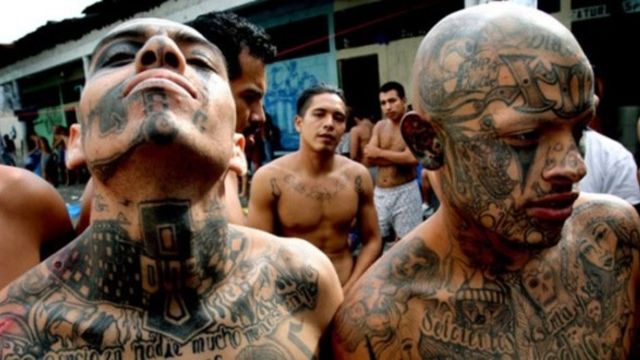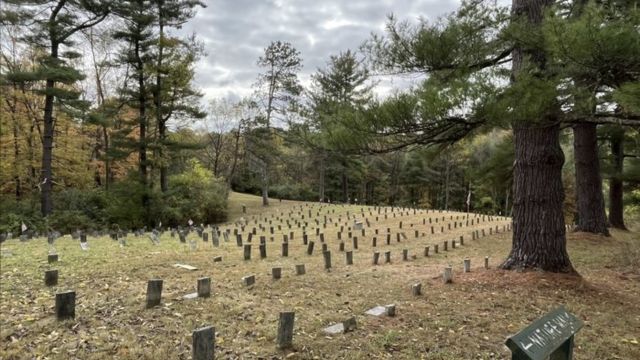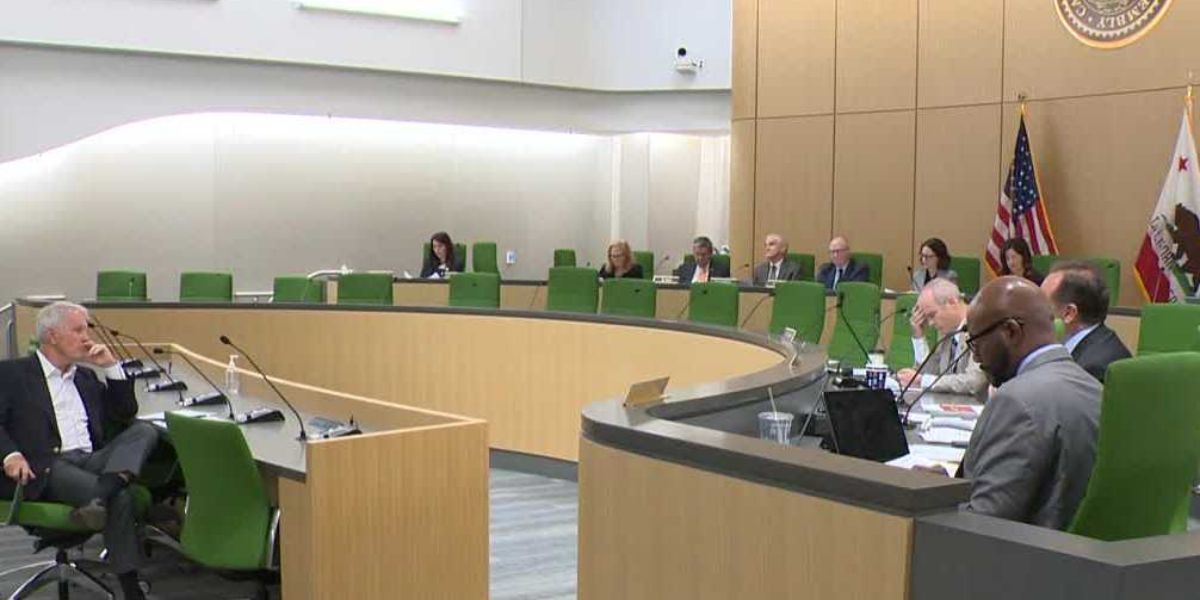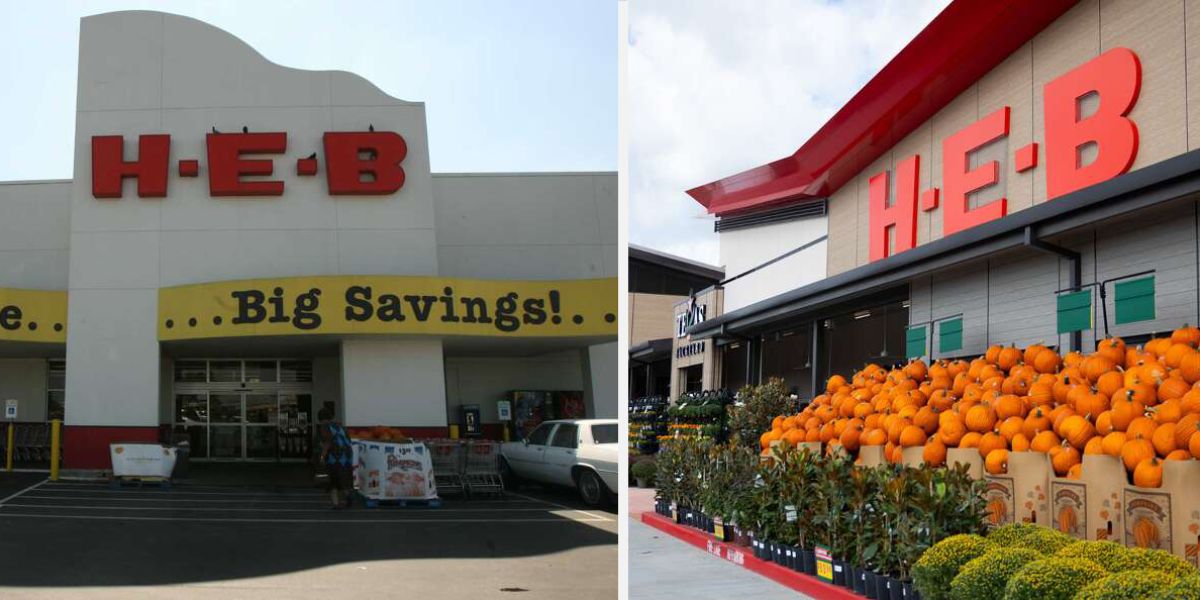In addition to having some of the most infamous and violent gangs in the country, California is home to some of the most populous and diverse cities. These criminal groups engage in drug trafficking, extortion, robberies, murders, and other illicit acts while operating throughout the state’s several areas and sectors. These are the top five most violent gangs that are encroaching on California.
1. MS-13
The multinational gang MS-13, also known as Mara Salvatrucha, was founded in Los Angeles in the 1980s by refugees from El Salvador who were escaping their country’s civil conflict. Since then, the gang has spread throughout the US, Central America, Europe, and even Australia. The MS-13 is notorious for their use of machetes as weapons, violence, and ritualistic murders. The group engages in a number of illegal activities, including drug smuggling, prostitution, kidnapping, and human trafficking. An estimated 10,000 people in the US are members of MS-13, which is primarily concentrated in Southern California, particularly in the Pico-Union and San Fernando Valley regions.
2. Nuestra Familia
Mexican-American prisoners at the Soledad Correctional Training Facility founded the prison gang Nuestra Familia, or Our Family, in the late 1960s. A rigid code of behavior and a paramilitary organization form the foundation of the gang. Most of the drug trade and other criminal activity in Northern California, particularly in the Central Valley and rural areas, is controlled by Nuestra Familia. In addition, the gang has a protracted conflict with the Mexican Mafia, another powerful prison gang in Southern California. With an estimated 2,000 members both inside and outside of prison, Nuestra Familia is connected to a network of supporters and affiliates known as the Norteños.
3. Crips
Raymond Washington and Stanley Williams formed the Crips, one of the biggest and most established street gangs in the United States, in Los Angeles in the late 1960s. The gang is made up of different sets or subgroups, each having its own identity, domain, and leader. Crips is well-known for its use of the numbers six, C, and the color blue as symbols. Crips has committed a number of crimes, including drug sales, murder, and robberies. With a significant following in Southern California, particularly in Los Angeles, Compton, Long Beach, and Inglewood, Crips is thought to have 35,000 members in the US.
4. The Hells Angels
1948 saw the founding of the Hells Angels motorcycle club in California by a group of World War II veterans. Law enforcement organizations view the group as an outlaw motorcycle gang because of its involvement in a number of illegal activities, including drug trafficking, extortion, racketeering, and murder. The letter A, the color red, and the death’s head emblem are well-known emblems used by Hells Angels. There are 2,500 or so Hells Angels members in the United States, and the majority of them are in California, particularly in the Bay Area, San Bernardino, Ventura, and Sacramento areas.
5. Armenian Power
A street gang known as Armenian Power, or AP, was founded in Los Angeles in the 1980s by immigrants from Armenia. The gang is made up of different cliques or factions, each having its own leadership and territory. The usage of the Armenian flag, the letter P, and the color black as emblems is what makes Armenian Power famous. Armenian Power is implicated in a number of crimes, including fraud, extortion, identity theft, and murder. There are about 250 members of Armenian Power in the US, most of them are from Southern California, particularly Glendale, Burbank, and Hollywood.
Read More: Tennessee City Is One of America’s Greatest Riverfront Towns to Visit
In summary
There are other gangs that threaten the safety and security of the state; these are just a few of the most violent ones that are encroaching on California. In addition to posing a threat to law enforcement, these gangs also harm the communities and individuals they injure through their violence and corruption. Raising awareness, stopping the growth of these criminal groups, and offering options and support to disenfranchised adolescents and youth who are susceptible to their influence and recruitment are all crucial.




